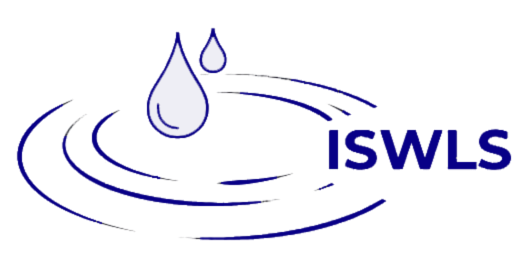Hundred Questions - Children of Adam (a.s)
Children of Adam (May peace be through him)
Q27 Are all human beings from Adam (May peace be through him) and Eve (May peace be through him), or are they the product of an evolution as conceived by Mawla-yi Rumi? That is, by evolution are minerals transformed into vegetatives and the vegetatives into animals, and finally into human beings?
A27 In this question the two different views of Darwin and Rumi are presented in a muddled way. There is no difference at all between Rumi's view and the Islamic view. In other words, when has Rumi said that human beings are not the children of Adam (May peace be through him)? This will be quite evident from his works if you study them carefully.
However, it is necessary to understand what Rumi has said and the way he has said it. Rumi has mentioned the different stages of human creation in the light of the holy Qur'an. In the Qur'an it is said everywhere that man is created out of clay, which is undoubtedly from among the minerals. Then it is said: "And Allah has caused you to grow as a growth from the earth." (71:17). It is also mentioned in the Qur'an that men drink the milk of lawful animals (16:66) and eat their flesh (35:12). This shows that man's body, and his animal soul, are created from minerals, vegetables and animals. It is in this sense Rumi has said about himself that first he was [in the form] of a mineral, then vegetable, then animal, and then was transformed into man. The sense in which men are Adam (May peace be through him)'s children is that the human soul comes from Adam (May peace be through him) and Eve (May peace be through him) and continues from generation to generation.
Why are there so many different aspects of human creation? Because human existence becomes complete from many elements. In fact, man is the epitome and quintessence of the entire universe and the existents in it. For man has become complete after undergoing numerous creations and thus encompasses everything. For further elaboration and comprehension, refer to the answer to Question No. 7.
| Chapter Index | Previous Chapter | Next Chapter |
